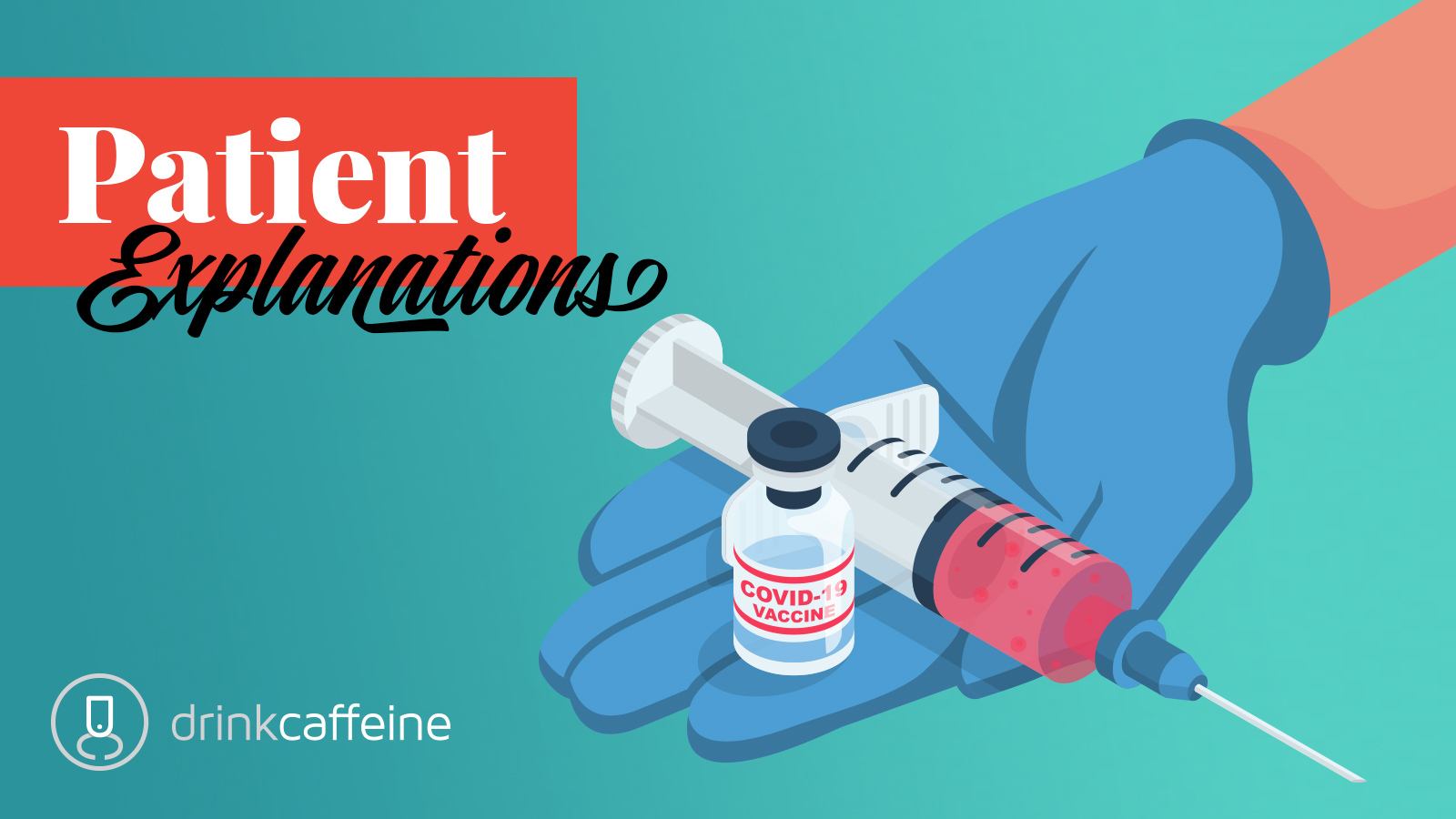The public has questions.
Here’s how to answer them.
Healthcare communications people? Your next challenge is here to see you.
Public-facing content regarding COVID vaccines is the next leg of the journey for healthcare communicators at the regional level, even as the pandemic continues its national (and global) system-wide impact on healthcare.
Before the task becomes another Sisyphean chore, allow us to identify a measured, concise approach to vaccine communications that will enable you to handle the volume of inquiries headed your way.
Big picture: Review national strategy
The NIH has a good checklist that sets the strategic direction (“Frame vaccination as a social norm”) and provides best practices for vaccine communications. It’s a good reference point for context.
But you also need tactics – the boots-on-the-ground actions that will inform the public and drive its perceptions of your healthcare organization. Here are elements to include in your plan of action.
The wheel has been invented. Use it.
The CDC remains the standard for pandemic communications, including best practices in provider-to-patient explanation of vaccines PLUS staff communications to manage frontline patient information, FAQs, and other resources. Start looking at the CDC deck here.
The idea is to leverage existing resources to the greatest extent appropriate, and then use your own web presence and other assets as a convergence point where national resources and local resources can meet.
Create your own toolkit.
1. Build a central landing page. A carefully designed webpage with a structured content presentation is where to bring the visitor in, in accordance with directives defined by the Department of Public Health, Governor’s Office, and other designated bodies. This page can include:
- Calendar time tables for priority vaccinations
- Progress bar indicator
- The correct local phone number for more vaccine information
- Encouragement to use MyChart
- Testing locations
- Links to CDC, NIH, and state public health assets.
NOTE: Home pages are getting overburdened and visually dominated with COVID flyouts, banners, dashboards, and masks. So consider a two-tiered content approach: “Hot” data on the home page (alerts, updates), with “Cool” data on interior pages (Background, FAQs, etc).
2. Create hyper-local FAQs. This is where your content needs to feel customized for local patients.
- Type(s) of vaccine(s) administered
- Possible side effects
- What to expect when getting vaccinated
- How much time it will take
- Hours of operation
- Safety protocols
3. Add your brand.
Like all ongoing public health issues (flu shots, drunk driving, teen smoking, you name it), COVID needs a consistent narrative, so make sure you provide content that delivers the right messages:
- Self-educate about the pandemic (use reliable resources).
- Be patient about vaccine distribution.
- Be informed daily about COVID.
- Stay focused on safety measures known to work.
- In other words, Keep Calm and Pandemic On.
4. Create a signup for email.
Think of your indoor patient waiting area. It’s a place where people are receptive to information about their health issues.
Encouraging signups for email-based correspondence on your website’s key COVID landing pages creates a “virtual waiting room” for those who need to stay current with vaccine-related content. Remember to send updates. [And if you want to discuss automated outbound communications, you can talk to us.]
5. Anticipate long-haul demand.
Americans have mixed feelings about vaccines, but consumer trust is slowly growing to trust COVID vaccines and is likely to continue if vaccine performance metrics stay strong.
In the meantime, contact us for a more detailed healthcare discussion. And a beverage.


